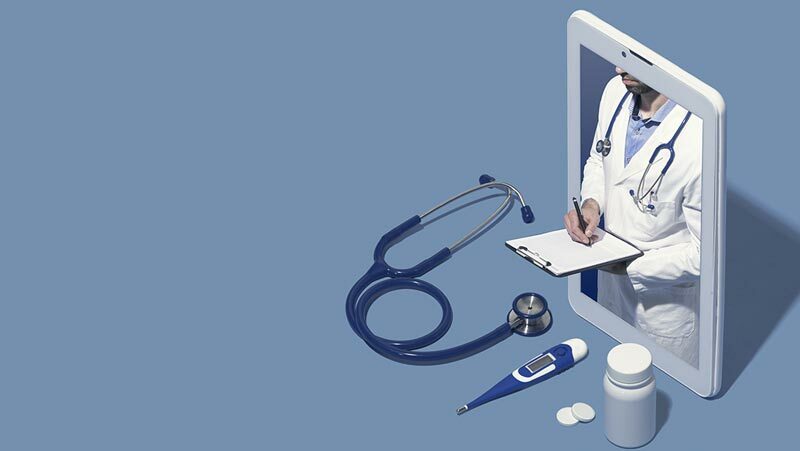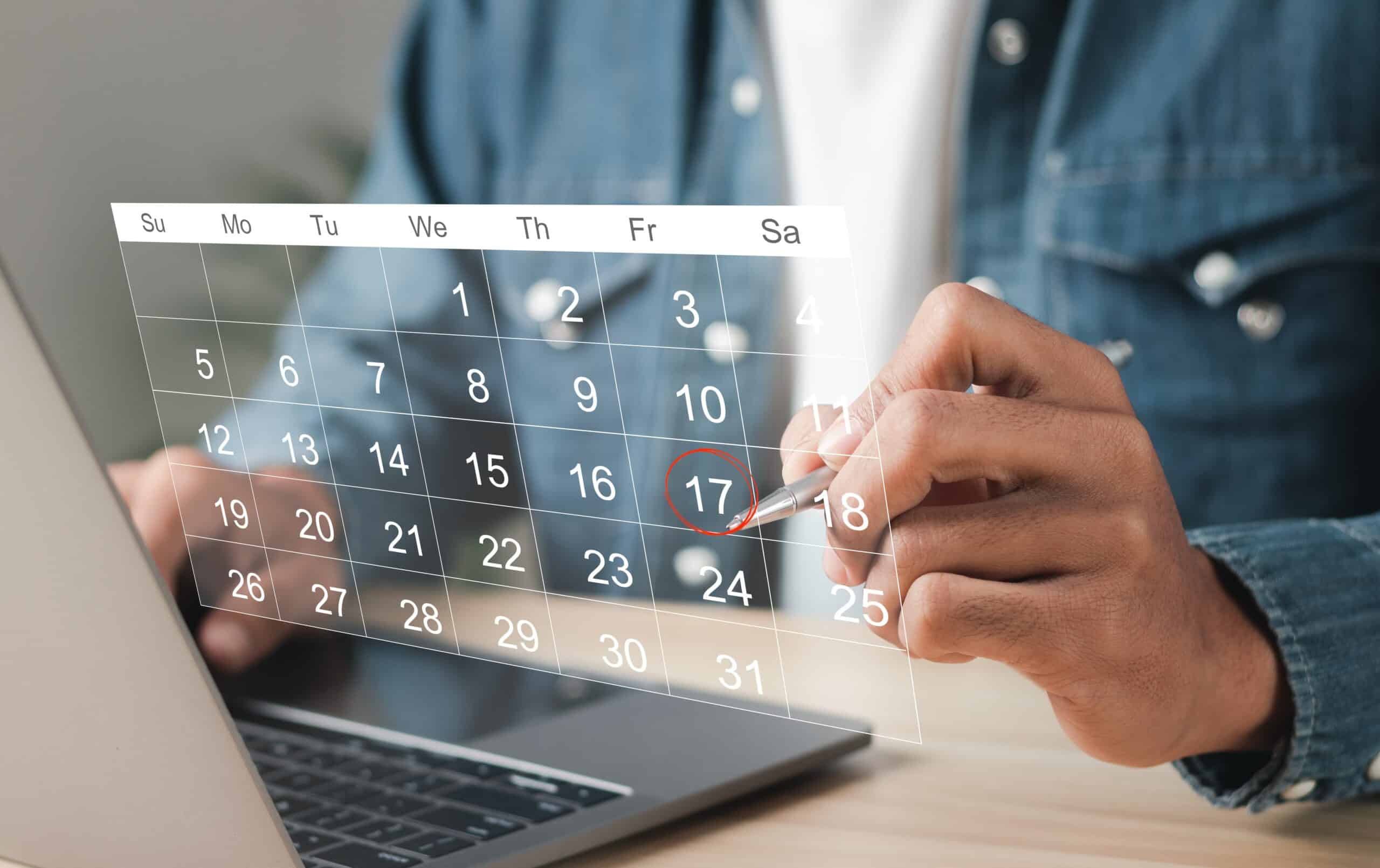In 2020, the mobile health industry had an estimated value of $40 billion. That number is projected to grow over 17% in the next seven years.
Mobile health, sometimes called mHealth, describes the use of wireless and mobile devices in healthcare treatment, outcomes, and data.
How can your practice take advantage of this technology in healthcare? Is investing in mobile health technology worth it?
With a smartphone in the hands of 81% of American adults, mobile communication with patients is easier than ever. Keep reading to discover more about mobile health technology.
Mobile Health Scheduling Options
Mobile scheduling options are streamlining healthcare offices everywhere. Office administrators can set up a dashboard and allow multiple team member access. Healthcare teams can easily communicate and collect other data using the dashboard.
Patients can use apps connected to scheduling technology. Through scheduling apps, patients can book or cancel appointments. They can also reschedule their visits.
Benefits of Health Scheduling
Scheduling apps can send patients text reminders or generate phone call reminders. Patients are less likely to miss appointments when they are reminded via smartphone.
Patients can confirm, cancel, or reschedule using mobile apps as well. This leads to increased communication between healthcare provider offices and their patients.
When patients control scheduling options, office administrators more time to do their jobs. Office staff no longer need to chase people down to remind or reschedule visits.
This leads to increased productivity for medical office staff. Your office administrative team can use their time to complete administrative tasks. The front desk staff will be more available to greet patients as they enter.
Accurate Tracking
Mobile health scheduling can help your practice track important patient data as well. You can observe trends in peak times and reasons for visits. This helps your practice plan and maintain a relevant business model.
Mobile health scheduling technology can help your office track the number of patients scheduling in-office visits and those seeing their providers virtually.
Staying Organized
Patients require many medical forms. It’s challenging to keep compliance documents, intake forms, and patient records secure and organized. Some scheduling software provides options to help healthcare practices stay compliant.
These features connect with mobile health apps. This partnership allows patients to update their information as it changes.
Patient Portals
A recent study shows the potential benefits of using patient portals. When patients have access to their provider’s portal, they are more likely to ask questions about their health.
Patients are more engaged when in communication with their healthcare providers. They can address unmet needs and complex health issues with their medical team. Healthcare professionals refer to this as patient engagement.
When patient engagement is high, patients are less likely to put off their appointments and medications. This means they aren’t waiting until there’s an emergency to seek medical attention. As a result, patients using a portal are less likely to have hospital stays and ER visits.
Virtual Visits
Mobile communication with patients is made possible through video (or virtual) visits. These appointments are reserved for non-emergent medical care.
Virtual visits the last week of March 2020 were 154% higher than the same time in 2019. This is most likely due to the COVID-19 Pandemic. This ever-growing mobile health option has many benefits for patients and healthcare providers.
Convenience Benefits
In-person healthcare isn’t necessary for every person. Virtual visits are helpful for patients who experience health challenges, like chronic pain. In fact, chronic pain patients reported benefits from telehealth.
Virtual visits eliminate the need to travel, which can be a challenge for those who may not be able to drive. Chronic pain and mobility concerns also make traveling stressful. Too much travel could even worsen medical conditions.
With geographical restrictions gone, patients can see providers from wherever they are. If a patient has a last-minute trip out of town, they won’t need to reschedule their appointment. Virtual visits allow patients to see providers from almost any convenient location.
Financial Benefit
Mobile health visits also have financial benefits. There’s no need for travel, so patients save on gas and parking costs. Depending on a provider’s distance, travel could also include hotel or airfare.
Virtual visits are an efficient use of time. Patients will be able to use time spent traveling and waiting at home.
Communication Benefit
Healthcare providers can communicate with patients from any location. Patients may be more at ease and ask more questions when at home in a comfortable environment.
Patients with mobility challenges can schedule mobile health visits more often. Frequent check-in visits help reduce the risk of hospitalizations and emergency department visits.
Wearable Technology
Most wearable heart monitoring technology uses photoplethysmography (PPG). PPG gives helpful guidelines and trends.
However, PPG is known to be less accurate than industry-standard electrocardiography monitoring techniques. That doesn’t make them altogether ineffective.
Various studies have used Fitbits and other wearable trackers to identify cardiac risk. Wearable fitness trackers provided valuable information and indicators. These indicators may be more accurate than basic health history questions.
For example, examining a patient’s heart rate and physical activity can be a better predictor of heart problems than asking about tobacco use or estimates of physical activity.
Through further testing, usage, and development, we will continue to see increased accuracy in heart monitoring wearable technology.
Monitoring Sleep
Many wearable technologies claim to track sleep patterns. These wearables use sensors to track variabilities in heart rate, monitor activity, measure temperature, and skin conductance.
While many of these trackers can be helpful, few are approved for medical use. Inconsistent data collection and other problems with these technologies have made them somewhat unreliable for the medical community.
Like heart monitoring wearables, technology will continue to advance. With more research and improvement, wearable sleep technology will become more reliable for healthcare professionals and their patients.
Continuous Glucose Monitors
Continuous glucose monitoring systems (CGMs) and insulin pumps are the most common wearable technologies for those with type 1 and type 2 diabetes.
Before CGMs, individuals with diabetes needed to draw blood to test glucose levels. A CGM is a piece of mobile health technology that sticks to the skin.
By connecting to a smartphone app, a CGM gives continuous glucose updates. Less blood drawing is the most obvious benefit of CGMs. More than that, however, patients are able to live their lives without so much interruption.
CGMs collect data so patients can identify trends and triggers.
Insulin Pumps
An insulin pump regulates levels of insulin in the body. Insulin enters the body via a catheter that’s inserted into a fat tissue layer under the skin.
Before insulin pumps, those with type 1 diabetes self-injected their insulin. These insulin injections are inconvenient and rely on complicated manual calculations.
Most insulin pumps have calculators that measure correct amounts of bolus and basal insulin at the appropriate times.
Benefits of Mobile Health in Diabetes Treatment
Wearable insulin pumps and CGMs have given more freedom to many individuals with diabetes. Because they operate in real-time, wearable technology has made better treatments possible.
Insulin deficiency can have serious side effects. By wearing CGMs and insulin pumps, patients are less likely to experience insulin deficiency.
Patient Monitoring
Reliable wearable technology has numerous benefits to patients and their care teams. Digital pulse oximeters and thermometers help providers monitor discharged COVID-19 patients.
Monitored patients can safely quarantine at home. Medical professionals will have real-time data on their status from afar.
Monitoring patients’ health using wearables has many downstream benefits. Patients are likely more comfortable at home and are likely to sleep better in their own beds.




